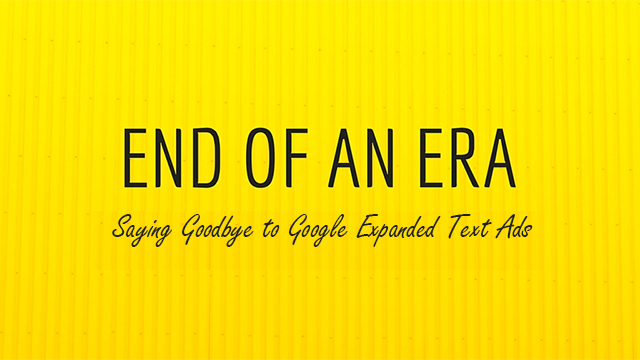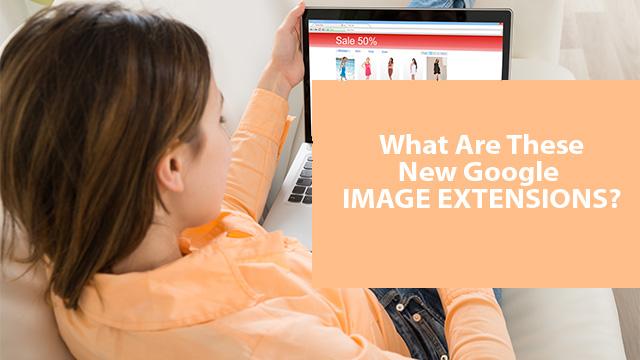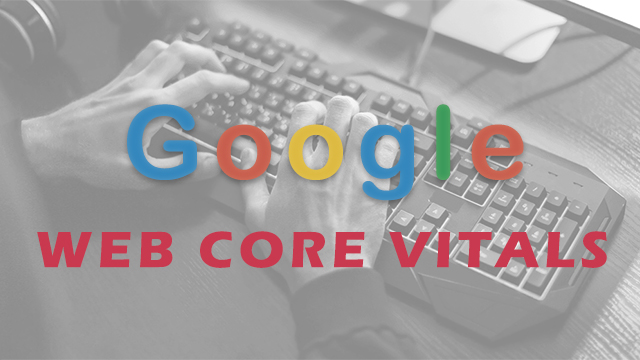
Google Performance Max vs. Manual Shopping Showdown
It turns out that I discovered there is a way to create Performance Max that ONLY serves ads in the Shopping network and not within the Search or Display networks.

It turns out that I discovered there is a way to create Performance Max that ONLY serves ads in the Shopping network and not within the Search or Display networks.

As of the beginning of July, Google limited what can be done using Expanded Text Ads. Although Expanded Text Ads still can display, advertisers can no longer create new ads or modify existing expanded text ads. If you are not actively using Google, you may not realize the full ramifications of this change. In a […]

Google Shopping ads over the last few years have outperformed Google Search Ads in terms of profitability for the majority of my private clients. Like many of you may have done, most of my private clients have opted out of advertising using Google Search campaigns. The only exception where Search campaigns are still widely used […]

A hot topic going around right now is ‘website experience ‘or specifically good individual page experiences. But what is a good page experience and how can you measure how good of a page experience your website currently provides to its users? A good page experience (at least defined by Google) revolves around page speed (how […]

The term frequency refers to how often your retargeting ads appear or more accurately the maximum number of times ads are eligible to appear to users. By now anyone who has spent considerable time on their screens are keenly aware of retargeting ads. Very few people anymore think that it is coincidence that the new […]

It probably is no secret to you that most visitors to your website are not going to buy. In fact, on average 97% of visitors are not going to purchase on their first visit. It has also been shown that the more times a user visits your website the more likely they are to purchase. […]